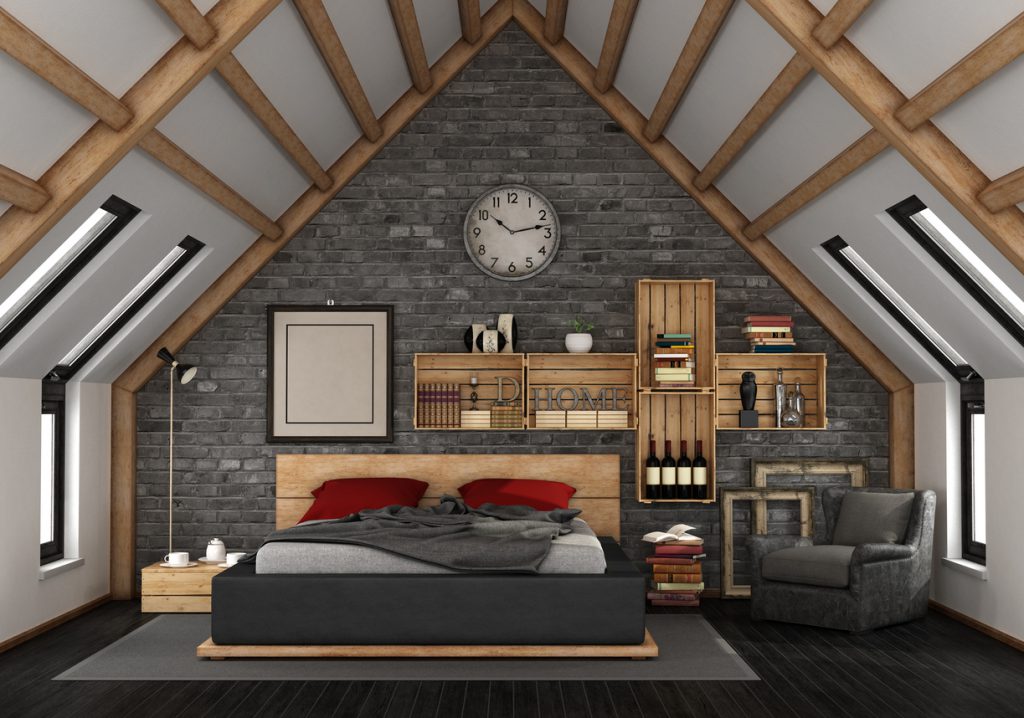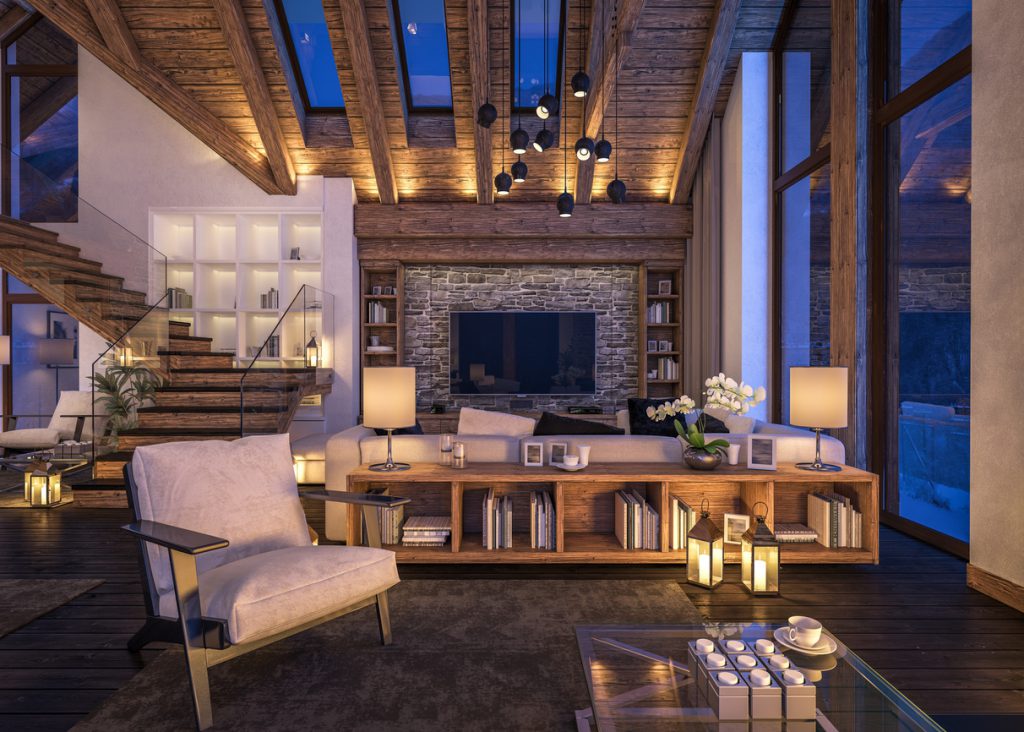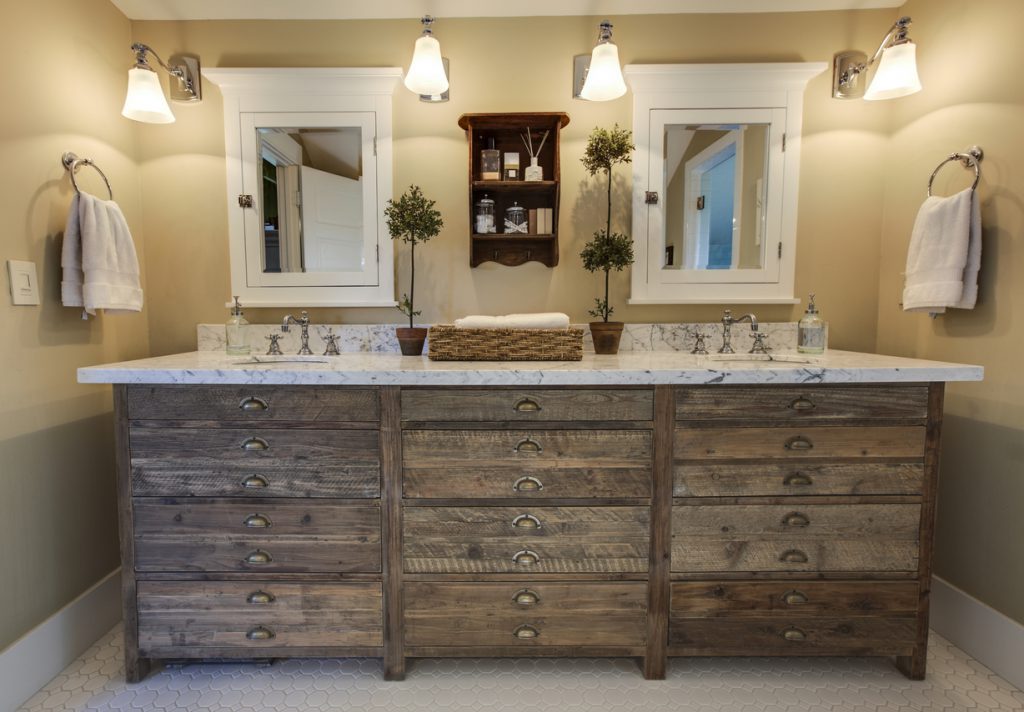Why is it, as the cold winter months and strong winds come near, many people imagine themselves wrapped up in a blanket next to a crackling fireplace in a typical Canadian home nestled in the forest? Because it provides warmth and simple pleasures, of course. The rustic style is so beautiful!

In the olden days, almost every home had a rustic decor. However, in the early 1900s, new materials arrived and won over consumers, like pre-finished panels, concrete, vinyl, steel, melamine and aluminum. Using these materials meant being fashionable; especially in urban areas. But, the rustic style survived.
Rustic style’s materials
Wood is the preferred material of the rustic decor. It thrives in all places: ceiling, walls, floors, furniture, aged staircase, beams and roof timbers. It is mainly this material that gives the rustic style its warm and welcoming feeling. Brick is the second most preferred material in a rustic home. That is before concrete arrived.
One of the defining characteristics of the rustic style is the use of fabrics everywhere. Curtains are preferred over blinds. Blankets are thrown here and there. Drapes and lace are showcased in all places. This adds to the warmth and coziness that the materials provide.

A rustic decor does not mean it cannot be chic. Some woodwork looks absolutely stunning. Have you ever seen a huge library made entirely of wood or a long dining table that stands alone in a room? It is quite ravishing.
Rustic style’s harmony
Any colour pairs well with the rustic style, but true fans prefer warm colours to emphasize the illusion of warmth created by the materials and fabrics. Yellow, beige, cream and chestnut are widely used, just as shades of caramel, chocolate and butter.

The most astute observers among you may have noticed that ecological designs are inspired by the rustic style. It makes sense; the rustic decor avoids all materials known to be the biggest energy guzzlers, like steel and plastic. It prefers natural materials, like stone, lime, plant fibres; more specifically, raffia, linen and woven straw.
Throughout the years, modern materials have come to join the rustic decor, sometimes for the better and other times for the worse. A true rustic home is mostly seen in rural areas. In urban settings, any decor can claim to be rustic as long as the dominating material is wood.